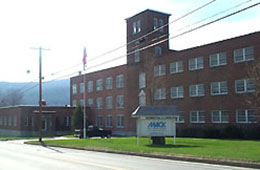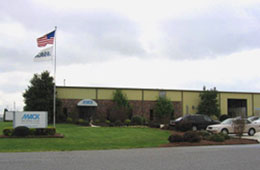Essentially every resin processed at Mack is a compound made up of multiple components. This can include UV stabilizers or flame inhibitors, but the most ubiquitous are traditional blended resins.
Blended resins, such as PC-ABS, are a combination of two or more individual plastic polymers, mixed to produce a material with a new set of properties. Blends, alloys, or compounds can be achieved via melt blending by a resin compounder or in some cases, right at the press. Mack might use this method, for instance, to combine two different resins and a colorant during our molding process.
Polycarbonate based alloys are an industry favorite because PC is a versatile material that provides reasonable strength, thermal performance and colorability. The chart below shows how PC can be modified through compounding.
A downside of compounding is that, due to a difference in melt profile and filling pattern of the individual alloys, there is potential for the individual components to separate as they fill a part. This can lead to cosmetic defects on the part surface that we refer to as phase separation and usually looks like a difference in gloss.
To reduce this type of defect we often need to modify barrel settings or reduce filling rates to reduce the resins exposure to shear. Within a compound, the closer the melt and flow properties of the base resins are, the more they resist this kind of issue. This is why compounds such as PC-ABS are more successful to mold than PC-PE, which can be prone to phase separation.
For more information this or any of your plastic injection molding needs, please feel free to reach out to us!












